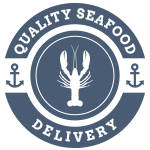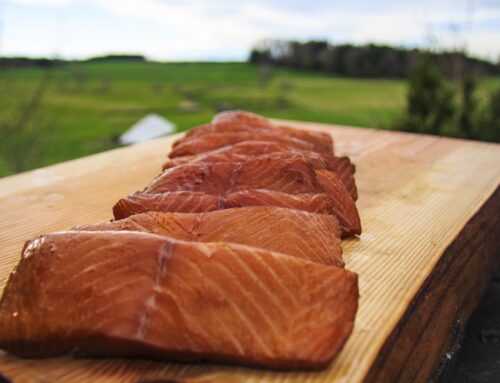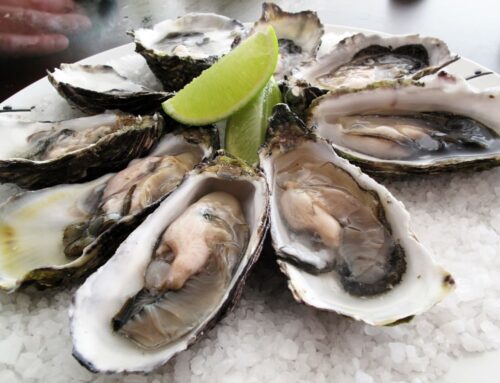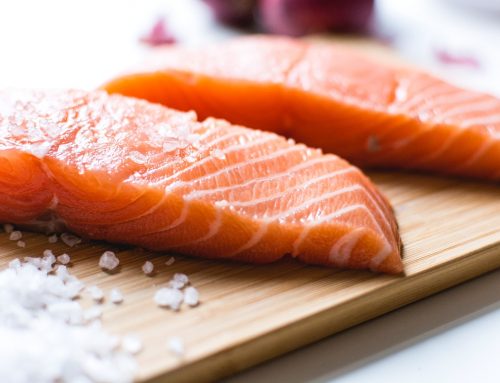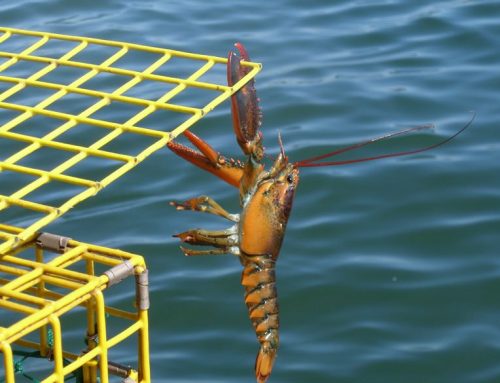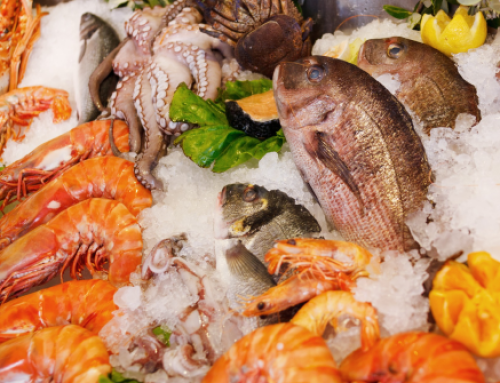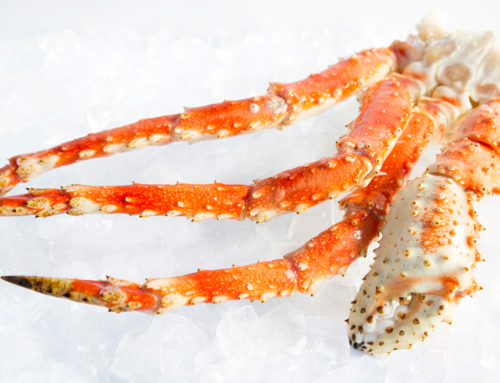Wondering about the green stuff that sometimes coats your lobster meat? Ever order live lobster delivery only to crack into the crustacean and see a heap of green goo?
The green paste you’ll sometimes see in lobster is called lobster tomalley. Tomalley is the lobster’s liver and pancreas. While this might sound gross, remember that people eat liver and pancreas from other animals all the time – cows, chickens, and pigs are common at butcher counters. Is it the same with lobsters?
To some, lobster tomalley is a delicacy to be savored alongside the more traditional parts of a lobster meal, like the tail and claws. To others, tomalley is a disgusting, sometimes dangerous part of the lobster that should be tossed away with the shell. If you’ve just cracked open your lobster dinner and don’t know what to do with the green stuff inside, this article is for you.
Is Lobster Tomalley Safe to Eat?
We’ll skip to the information you’re probably looking for: Yes, lobster tomalley is edible, but the USFDA questions its safety. In general, consumers are advised to discard tomalley because it can accumulate contaminants from the lobster’s environment, like PCBs and Dioxins. The risk of harmful contaminants rises with phenomena like red tide.
Lobster tomalley is not dangerous because it is a dirty or gross part of the lobster. It is dangerous because it can absorb harmful contaminants from the ocean.
Many people think of the contaminants in lobster tomalley like mercury in tuna: It’s a possible risk, but if eaten in very low quantities, it’s probably okay.
Still, we can’t say definitively if this is the right mindset when it comes to tomalley. People around the world consider tomalley to be a delicacy. They actively seek it out, sometimes buying it in pre-packaged containers. At the same time, some toxins found in tomalley can cause a condition called Paralytic Shellfish Poisoning, which is just as scary as it sounds. You’ll have to assess your personal risk and whether trying and enjoying the green stuff is worth it.
What is Lobster Tomalley?
Tomalley is part of the lobster’s digestive system. It’s basically the liver and pancreas combined in a single organ. Tomalley is found in the lobster’s body cavity, usually away from the tail and claws. Unless you crack into the lobster’s thorax, you probably won’t see this green goo. However, tomalley can sometimes coat part of a lobster’s tail after cooking. Like shrimp, the lobster’s intestine runs through the tail, and sometimes, this includes tomalley. As you pull out the lobster tail meat, you might see some hints of green near the base.
We know what you’re thinking. This stuff looks a lot like, well… something else. Rest assured: Tomalley is not lobster poop. The lobster’s digestive system is complex and unfamiliar. Lobster anatomy is so strange that they actually pee out of their faces. We’re not kidding. They use it to communicate while fighting and mating.
Basically: Lobster anatomy is strange and unlike anything humans can comprehend. Just because lobster tomalley looks like poop doesn’t mean it actually is poop.
What Does Tomalley Taste Like?
People who enjoy tomalley say it’s the most flavorful part of the lobster. It’s like the taste you might get from claw meat – just turned up to 11. We’d describe it as a sweet-salty lobster pâté – a “lobster concentrate,” if you will.
People often reserve the tomalley after eating a lobster dinner, then use it to flavor soups and sauces. Some people mix it into lobster meat when making lobster rolls, and others spread it on large chunks of claw and tail meat.
Can You Buy Lobster Tomalley?
People who love tomalley can buy it in jars and cans. You’ll typically have to search for it online, but some specialty fish markets carry the product. There are no known processes of filtering out potential contaminants, so the risks associated with tomalley are still present if you buy it in a pre-packaged container. Most retailers will have a safety disclaimer somewhere on the jar or can.
If you’re not sure you like tomalley but are interested in trying it, ordering a live lobster is your best option. You’ll be able to enjoy your favorite parts of the lobster while getting a taste of tomalley. If you decide you don’t like it, there’s nothing wrong with throwing it away. We won’t judge you.
Remember that finding a reputable lobster seller is essential to a great experience, especially if you’re going to eat the tomalley. Check out our Maine lobster delivery comparison grids to find someone who can work with your needs and budget.
How to Clean Lobster Tomalley Off Lobster Meat
If you’ve decided not to eat the tomalley, you can clean it off the rest of the meat. If you don’t crack open the thorax, you probably won’t have to deal with tomalley. Still, the green stuff can sometimes coat the lobster tail, which you’ll then need to rinse. We’d describe the cleaning process here, but this YouTube video does a much better job.

